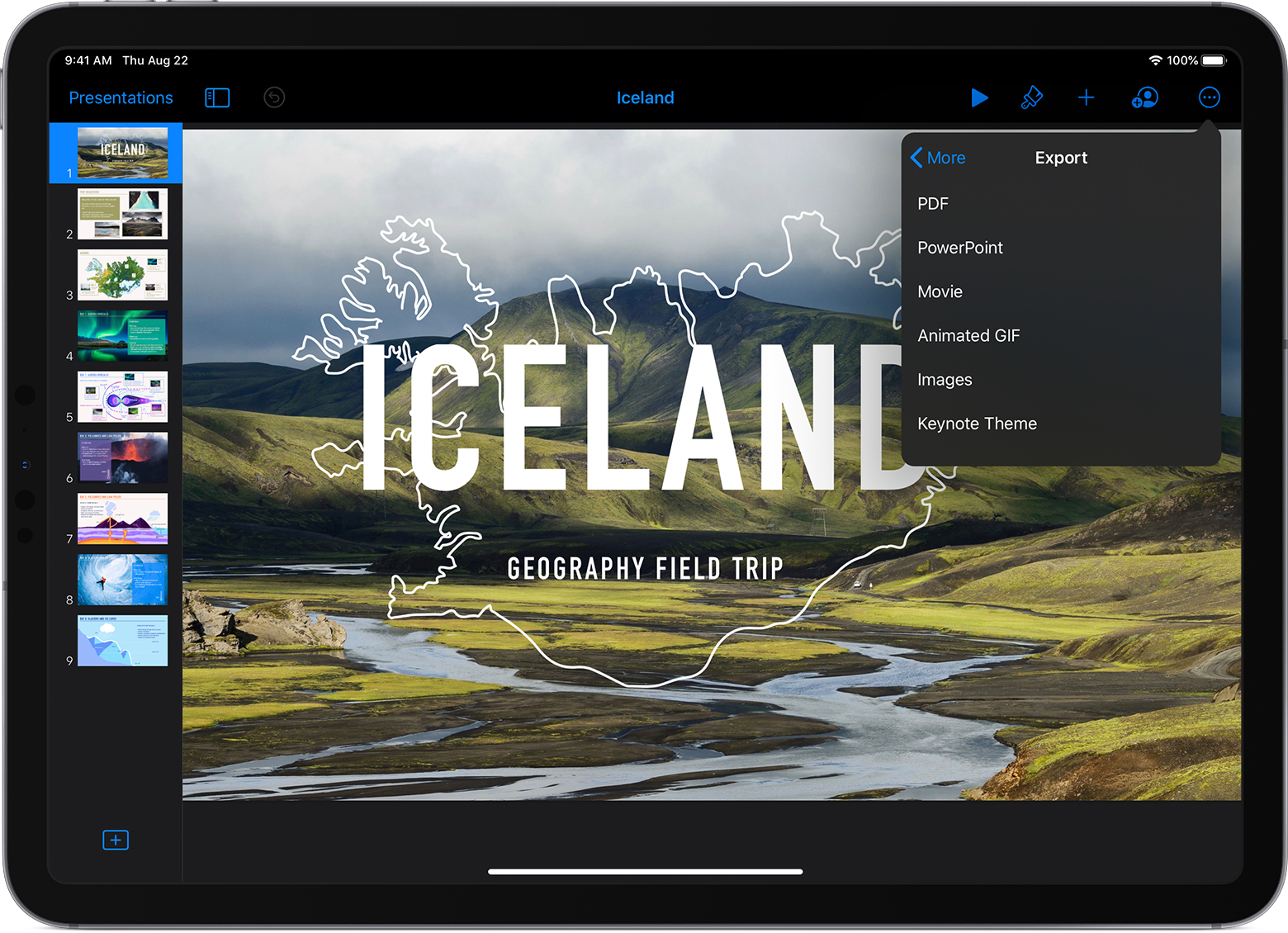
Note: By default, it will be saved in your home folder in Library/Application Support/iWork/Keynote/Templates/My Templates pane of the Template Chooser. Specify a folder in which to save your template.“Accessible Memo Template”) will increase the prominence of the accessibility status. In the Save As box, type a name for the template.When you are finished you should also check the accessibility of the document (see Technique 11).

Ensure that you follow the techniques in this document.A new document in your selected template style will open.In the Theme Chooser dialog, select the White theme or select one of the other existing template designs.Go to menu item: File > New or File > New from Theme Chooser….As well, you may create your own templates.

These are all accessible by virtue of being blank. If you are connected to the internet, you can access a variety of blank business presentation templates. The default template for new documents in Keynote ‘09 is a blank presentation. If you are unsure whether a template is accessible, you should check a sample document produced when the template is used (see Technique 11). Because templates provide the starting-point for so many documents, accessibility is critical. For example, a “Meeting Minutes” template might include headings for information relevant to a business meeting, such as “Actions” above a table with rows to denote time and columns for actions of the meeting. Files are also easily saved as other file formats (see Technique 12).Īll office documents start with a template, which can be as simple as a blank standard-sized page or as complex as a nearly complete document with text, graphics and other content. 2010) and Keynote, version 9.1 (December 2019) while producing a document in the proprietary file format.
CONVERT PDF TO KEYNOTE ONLINE MAC OS
The application-specific steps and screenshots in this document were created using iWork Keynote ‘09 (ver.5.0.3(791), Mac OS X, Sept. In cases where more certainty is required, it is recommended that you test the office documents with end users with disabilities, including screen reader users.

and do not include audio, video, or embedded interactivity) ,


 0 kommentar(er)
0 kommentar(er)
